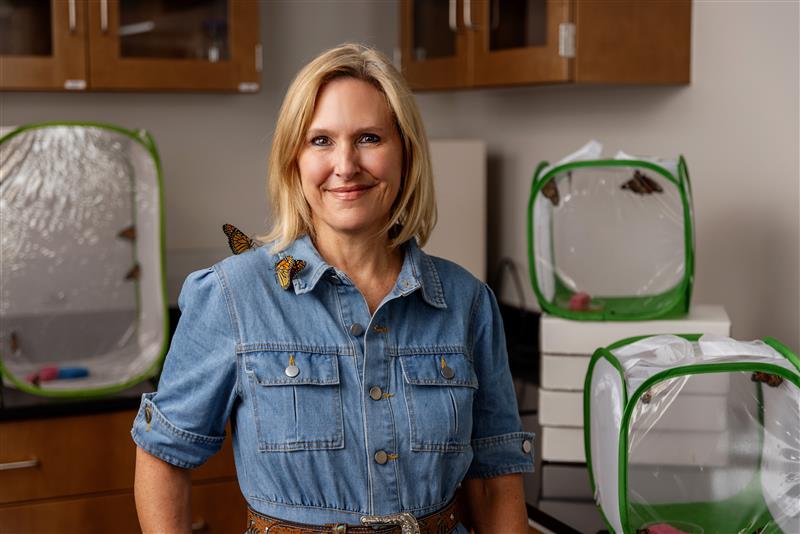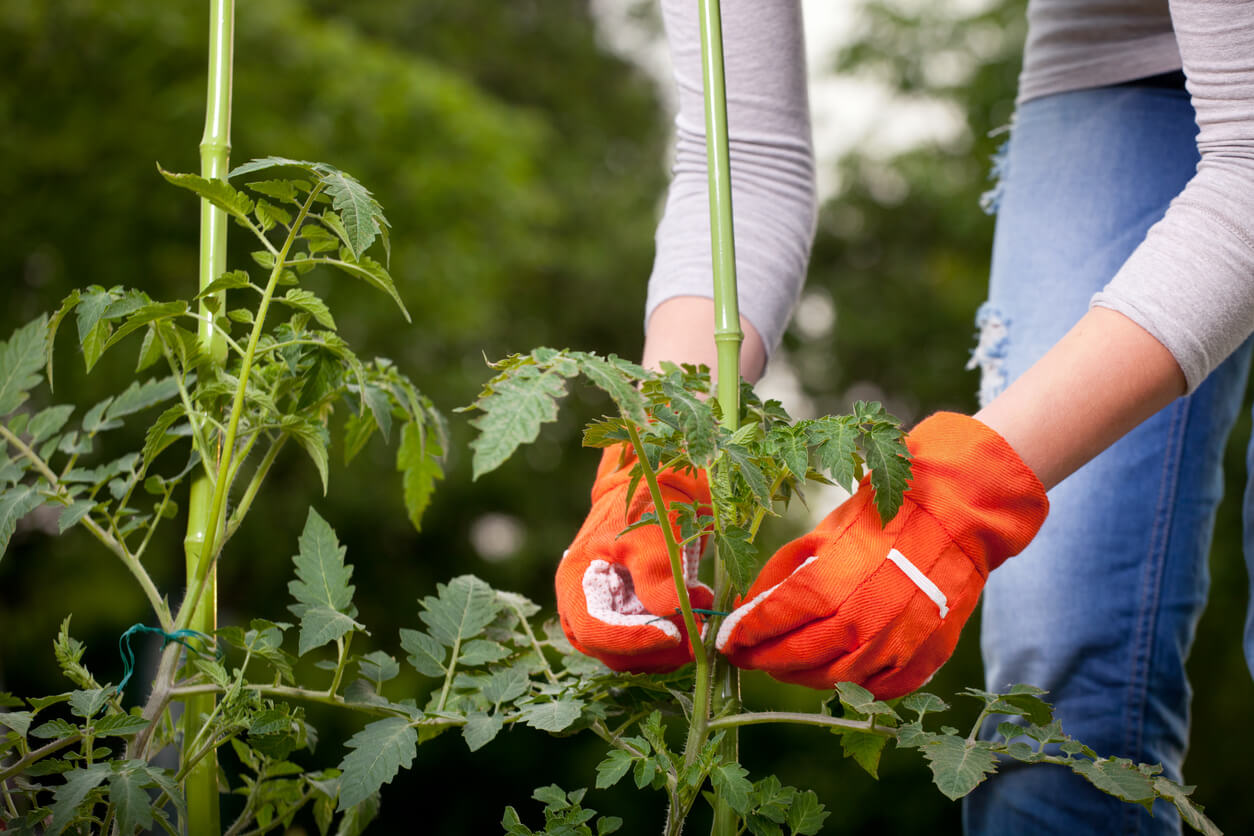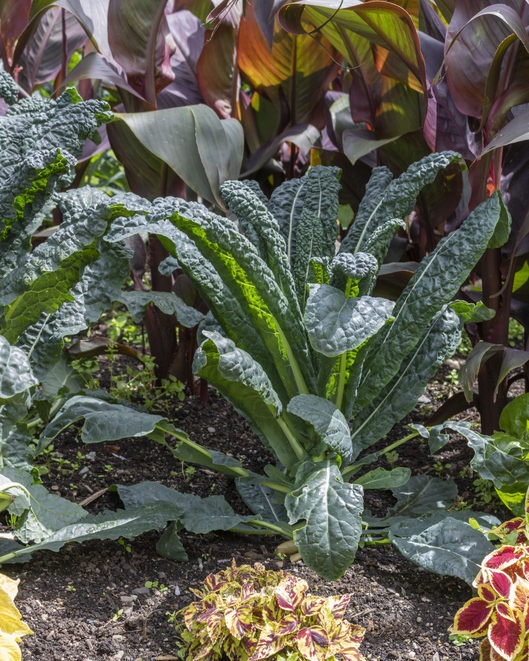 CAES News
CAES News
Sonia Altizer brings interdisciplinary vision as new head of UGA entomology
Renowned ecologist and science communicator Sonia Altizer has been named head of the University of Georgia Department of Entomology, bringing a collaborative vision and decades of research and public outreach experience to the role. A longtime UGA faculty member, Altizer is focused on honoring the department’s strong legacy while advancing innovation, interdisciplinary research and community engagement through Extension.


